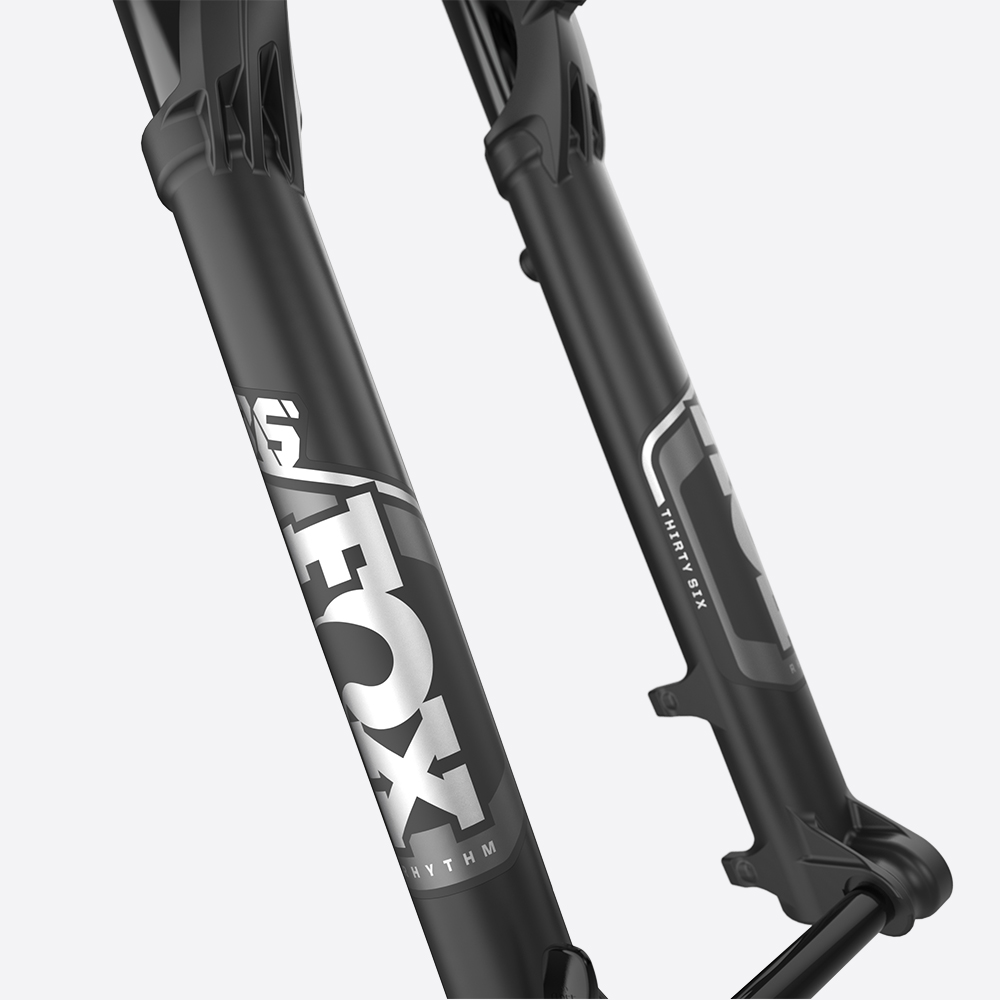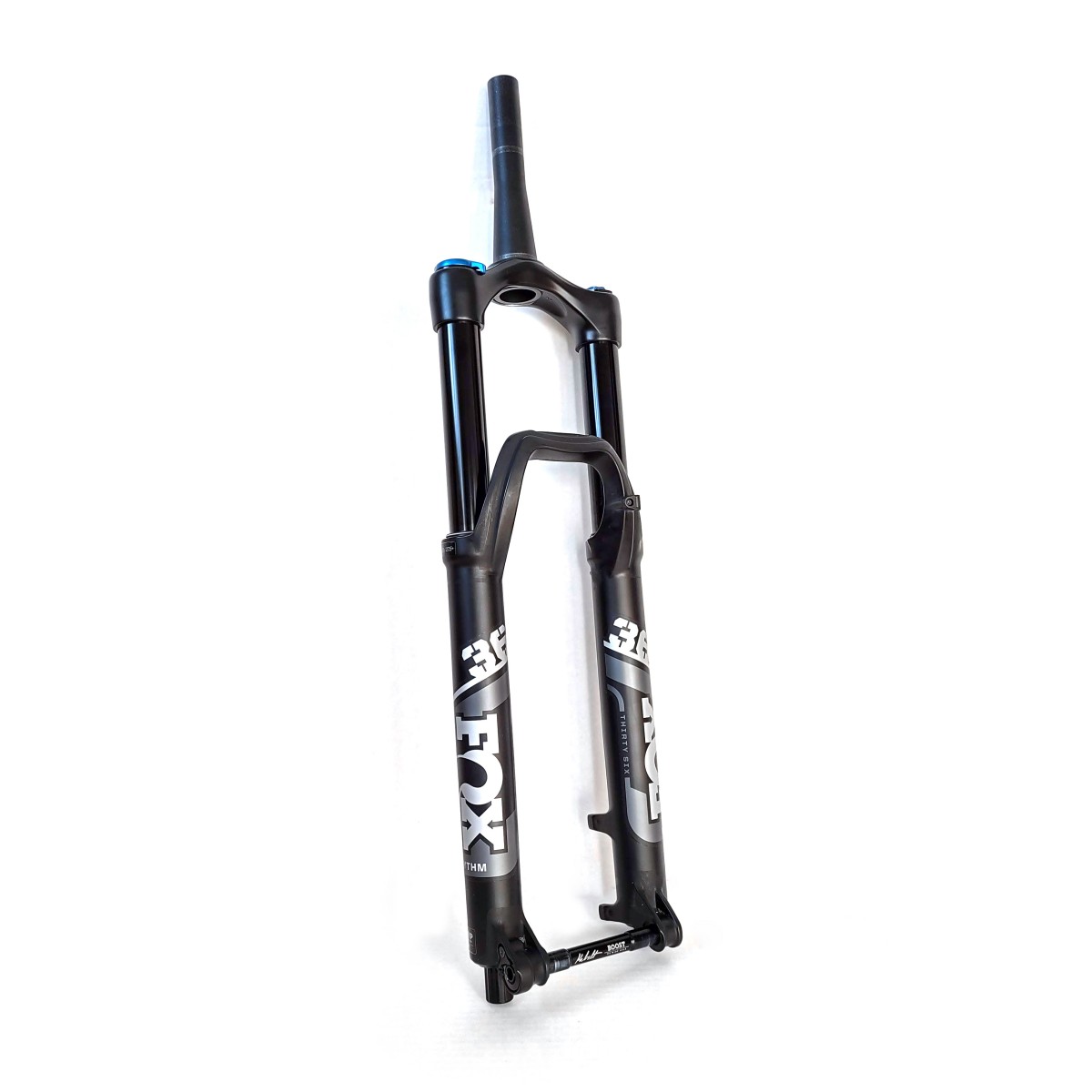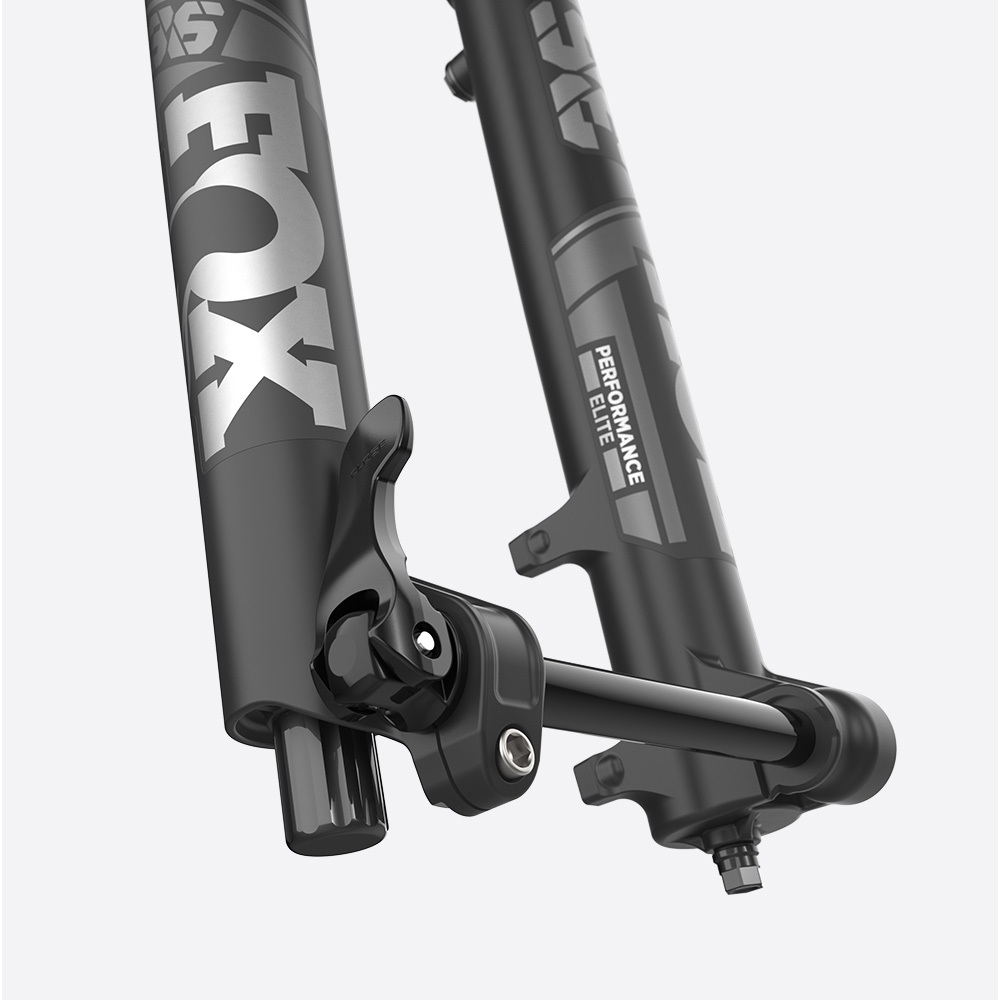Optimizing Your Mountain Bike’s Suspension: Expert Guide
Tuning Your Fork for Maximum Performance
A well-set-up suspension system is crucial for mountain biking, as it directly impacts a rider’s control, speed, and comfort. A properly tuned fork can make all the difference in a rider’s performance, allowing them to tackle challenging terrain with confidence and precision. The Fox 36 Rhythm, a popular choice among mountain bikers, is a prime example of a high-performance fork that requires careful setup to unlock its full potential. By understanding the importance of proper suspension setup and learning how to fine-tune the Fox 36 Rhythm, riders can take their skills to the next level and enjoy a more exhilarating ride. In this article, we will delve into the world of suspension setup, providing expert guidance on how to set up your Fox 36 Rhythm for optimal performance.
Understanding the Fox 36 Rhythm’s Unique Features
The Fox 36 Rhythm is a high-performance fork designed to provide exceptional suspension capabilities for mountain bikers. At the heart of the Fox 36 Rhythm lies its FLOAT air spring, which offers a wide range of adjustability and tunability. This allows riders to fine-tune the fork’s performance to suit their specific riding style and preferences. Additionally, the GRIP damper provides a smooth and controlled ride, while the adjustable compression and rebound settings enable riders to customize the fork’s behavior to tackle various types of terrain. With its advanced technology and adjustable features, the Fox 36 Rhythm is an ideal choice for riders seeking a high-performance fork that can be tailored to their specific needs. By understanding the Fox 36 Rhythm’s unique features, riders can unlock its full potential and take their riding to the next level.
How to Set Up Your Fox 36 Rhythm for Your Riding Style
To get the most out of your Fox 36 Rhythm fork, it’s essential to set it up correctly for your specific riding style. Here’s a step-by-step guide to help you dial in your fork’s performance:
Step 1: Determine Your Riding Style – Identify the type of riding you’ll be doing most often, whether it’s cross-country, trail, enduro, or a combination of these. This will help you determine the optimal sag, compression, and rebound settings for your fork.
Step 2: Adjust Sag – Set the sag to the recommended 15-20% of the fork’s travel. This will ensure the fork is active and responsive to terrain changes. For cross-country riding, a slightly firmer sag setting may be preferred, while enduro riders may opt for a softer setting.
Step 3: Adjust Compression – The Fox 36 Rhythm features adjustable high-speed and low-speed compression settings. For high-speed compression, a firmer setting can help reduce fork dive and improve stability at high speeds. For low-speed compression, a softer setting can enhance the fork’s ability to absorb small bumps and vibrations.
Step 4: Adjust Rebound – The rebound setting controls how quickly the fork returns to its original position after compressing. A faster rebound setting can improve the fork’s responsiveness, while a slower setting can help maintain traction and control.
By following these steps and adjusting the Fox 36 Rhythm’s settings to suit your riding style, you can unlock its full potential and enjoy a more comfortable, controlled, and efficient ride. Remember to experiment with different settings and fine-tune your fork’s performance to achieve the best results.
Common Mistakes to Avoid When Setting Up Your Fork
When it comes to setting up your Fox 36 Rhythm fork, there are several common mistakes that riders make, which can compromise the fork’s performance and overall riding experience. By being aware of these mistakes, you can avoid them and ensure your fork is optimized for maximum performance.
Incorrect Sag Settings – One of the most critical mistakes riders make is setting the sag incorrectly. If the sag is too low, the fork may bottom out, while too much sag can result in a harsh ride. Make sure to follow the manufacturer’s recommended sag settings for your Fox 36 Rhythm fork.
Inadequate Compression – Failure to adjust the compression settings correctly can lead to a fork that feels too soft or too harsh. Riders should experiment with different compression settings to find the optimal balance for their riding style and terrain.
Improper Rebound Adjustment – The rebound setting controls how quickly the fork returns to its original position after compressing. If the rebound is set too fast, the fork may feel bouncy and uncontrolled, while too slow a rebound can result in a sluggish feel. Riders should fine-tune the rebound setting to suit their riding style and terrain.
Insufficient Maintenance – Failing to regularly maintain and service your Fox 36 Rhythm fork can lead to premature wear and tear, compromising its performance. Make sure to follow the manufacturer’s recommended maintenance schedule to keep your fork running smoothly.
By avoiding these common mistakes, riders can ensure their Fox 36 Rhythm fork is set up correctly, providing optimal performance, control, and comfort. Remember, proper setup is key to unlocking the full potential of your fork and taking your riding to the next level.
Fine-Tuning Your Suspension for Optimal Performance
Once you’ve set up your Fox 36 Rhythm fork for your riding style, it’s time to fine-tune its suspension for optimal performance. This involves making subtle adjustments to the fork’s high-speed compression, low-speed compression, and rebound settings to achieve the perfect balance of comfort, control, and speed.
High-Speed Compression – This setting controls how the fork responds to high-speed impacts, such as hitting a jump or navigating rough terrain. A firmer high-speed compression setting can help reduce fork dive and improve stability, while a softer setting can enhance the fork’s ability to absorb high-speed impacts.
Low-Speed Compression – This setting affects how the fork responds to low-speed movements, such as pedaling or navigating technical terrain. A firmer low-speed compression setting can help improve the fork’s efficiency and reduce pedal bob, while a softer setting can enhance the fork’s ability to absorb small bumps and vibrations.
Rebound – The rebound setting controls how quickly the fork returns to its original position after compressing. A faster rebound setting can improve the fork’s responsiveness, while a slower setting can help maintain traction and control.
To fine-tune your Fox 36 Rhythm’s suspension, start by making small adjustments to the high-speed compression, low-speed compression, and rebound settings. Take note of how the fork responds to different terrain and riding styles, and make adjustments accordingly. Remember, the key to optimal performance is finding the perfect balance between comfort, control, and speed.
By fine-tuning your Fox 36 Rhythm’s suspension, you can unlock its full potential and take your riding to the next level. Whether you’re a cross-country enthusiast, a trail rider, or an enduro specialist, a well-set-up fork can make all the difference in your riding experience. So, take the time to experiment with different settings and find the perfect balance for your riding style.
Real-World Examples: How Pros Set Up Their Fox 36 Rhythm
When it comes to setting up their Fox 36 Rhythm forks, professional mountain bikers often have specific preferences and settings that help them achieve optimal performance. By examining how pros set up their forks, riders can gain valuable insights and inspiration for fine-tuning their own suspension.
Take, for example, cross-country specialist, Nino Schurter. Schurter’s Fox 36 Rhythm is set up with a sag of 25%, a high-speed compression setting of 5, and a rebound setting of 12. This setup allows him to maintain a high level of comfort and control while navigating technical terrain at high speeds.
Trail rider, Rachel Atherton, takes a different approach. Her Fox 36 Rhythm is set up with a sag of 20%, a high-speed compression setting of 3, and a rebound setting of 10. This setup provides her with the perfect balance of comfort and responsiveness, allowing her to tackle challenging terrain with confidence.
Enduro specialist, Sam Hill, has a unique approach to setting up his Fox 36 Rhythm. He runs a sag of 22%, a high-speed compression setting of 4, and a rebound setting of 11. This setup allows him to maintain traction and control on the most demanding terrain, while still providing a comfortable ride.
By examining these real-world examples, riders can gain a better understanding of how to set up their Fox 36 Rhythm forks for optimal performance. Remember, the key to achieving the perfect setup is to experiment and find the balance that works best for your riding style and terrain.
Whether you’re a cross-country enthusiast, a trail rider, or an enduro specialist, the Fox 36 Rhythm is a highly versatile fork that can be tailored to meet your specific needs. By following the examples of professional mountain bikers and fine-tuning your suspension, you can unlock the full potential of your Fox 36 Rhythm and take your riding to the next level.
Troubleshooting Common Issues with Your Fox 36 Rhythm
Even with proper setup and maintenance, issues can still arise with your Fox 36 Rhythm fork. In this section, we’ll cover common problems riders may encounter and provide solutions to get you back on the trail.
Fork Dive: If your Fox 36 Rhythm is diving excessively, it can affect the bike’s overall handling and stability. To address this issue, try increasing the high-speed compression setting or adding more air pressure to the fork. This will help reduce the fork’s tendency to dive and improve overall control.
Brake Jack: Brake jack occurs when the fork compresses excessively under heavy braking, causing the bike to pitch forward. To combat brake jack, try reducing the low-speed compression setting or adding a brake jack-reducing valve to the fork. This will help maintain a more stable ride and improve braking performance.
Uneven Tire Wear: Uneven tire wear can be a sign of improper fork setup or alignment. To address this issue, check the fork’s sag setting and ensure it’s properly aligned with the bike’s frame. Additionally, try adjusting the rebound setting to improve the fork’s ability to absorb bumps and vibrations.
Air Leaks: Air leaks can occur in the fork’s air spring or damper, causing a loss of performance and control. To troubleshoot air leaks, inspect the fork’s seals and o-rings for signs of wear or damage. Replace any damaged components and ensure the fork is properly serviced and maintained.
By being aware of these common issues and knowing how to troubleshoot them, riders can ensure their Fox 36 Rhythm fork is always performing at its best. Remember, proper setup and maintenance are key to unlocking the full potential of your fork and achieving optimal performance on the trail.
Conclusion: Unlocking the Full Potential of Your Fox 36 Rhythm
Proper suspension setup is crucial for unlocking the full potential of your Fox 36 Rhythm fork. By following the guidelines and tips outlined in this article, riders can optimize their fork’s performance, improving control, speed, and comfort on the trail.
Remember, the Fox 36 Rhythm is a highly versatile fork that can be tailored to meet the specific needs of different riding styles and terrain. Whether you’re a cross-country enthusiast, a trail rider, or an enduro specialist, the key to achieving optimal performance lies in fine-tuning the fork’s suspension settings.
By avoiding common mistakes, fine-tuning the fork’s compression and rebound settings, and troubleshooting common issues, riders can ensure their Fox 36 Rhythm fork is always performing at its best. With the right setup and maintenance, the Fox 36 Rhythm can provide a smooth, responsive, and confidence-inspiring ride that will take your mountain biking to the next level.
In conclusion, proper Fox 36 Rhythm set up is essential for unlocking the full potential of your fork and achieving optimal performance on the trail. By following the expert guidance outlined in this article, riders can optimize their fork’s suspension, improve their riding experience, and take their mountain biking to new heights.







